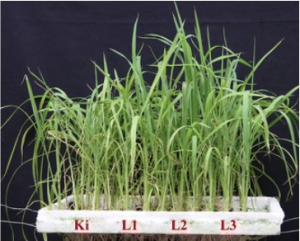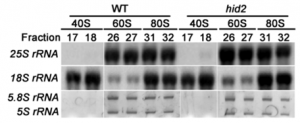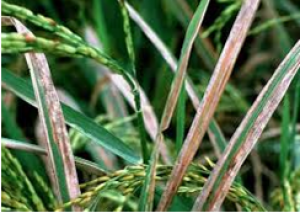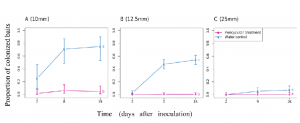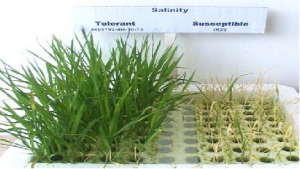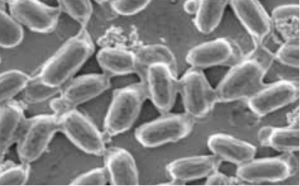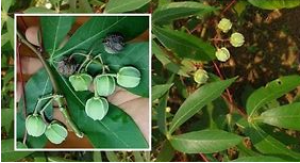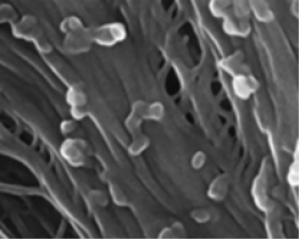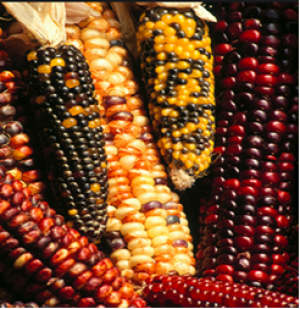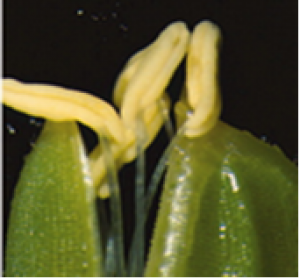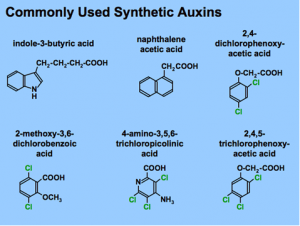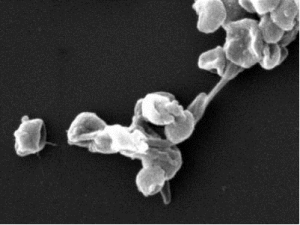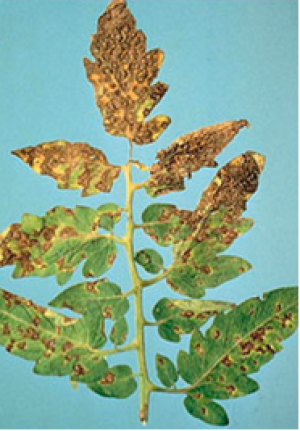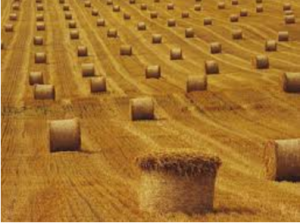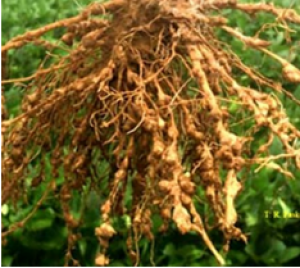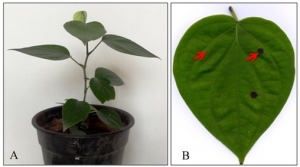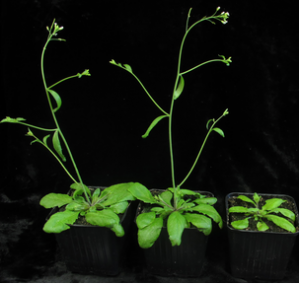|
Engineering high amylose and resistant starch in maize by CRISPR/Cas9-mediated editing of starch branching enzymes
Tuesday, 2024/08/06 | 08:36:01
|
|
Mingzheng Ma, Shanqiu Sun, Jinjie Zhu, Xiantao Qi, Gaoke Li, Jianguang Hu, Chuanxiao Xie, Changlin Liu The Crop Journal; 19 July 2024; https://doi.org/10.1016/j.cj.2024.06.007 AbstractTo improve the amylose content (AC) and resistant starch content (RSC) of maize kernel starch, we employed the CRISPR/Cas9 system to create mutants of starch branching enzyme I (SBEI) and starch branching enzyme IIb (SBEIIb). A frameshift mutation in SBEI (E1, a nucleotide insertion in exon 6) led to plants with higher RSC (1.07%), lower hundred-kernel weight (HKW, 24.71 ± 0.14 g), and lower plant height (PH, 218.50 ± 9.42 cm) compared to the wild type (WT). Like the WT, E1 kernel starch had irregular, polygonal shapes with sharp edges. A frameshift mutation in SBEIIb (E2, a four-nucleotide deletion in exon 8) led to higher AC (53.48%) and higher RSC (26.93%) than that for the WT. E2 kernel starch was significantly different from the WT regarding granule morphology, chain length distribution pattern, X-ray diffraction pattern, and thermal characteristics; the starch granules were more irregular in shape and comprised typical B-type crystals. Mutating SBEI and SBEIIb (E12) had a synergistic effect on RSC, HKW, PH, starch properties, and starch biosynthesis-associated gene expression. SBEIIa, SS1, SSIIa, SSIIIa, and SSIIIb were upregulated in E12 endosperm compared to WT endosperm. This study lays the foundation for rapidly improving the starch properties of elite maize lines.
See https://www.sciencedirect.com/science/article/pii/S2214514124001302
Figure 1: Creation of SBEI and SBEIIb mutants by CRISPR/Cas9-mediated gene editing. (A) Schematic of the vector used to precisely mutate SBE1 and SBEIIb. Except for the sgRNAs, the elements are the same as those developed in a previous study [23]. (B) Gene structures of SBE1 and SBEIIb and the genotypes of the mutants. Solid black boxes in gene structures indicate exons. Solid white boxes in gene structures indicate untranslated regions. Red arrows indicate target sites of the CRISPR/Cas9 complexes. Blue nucleotides, sgRNA1; Green nucleotides, sgRNA2; underlined nucleotides, protospacer adjacent motifs; red dashes, deleted nucleotides; WT, wild type. (C) Verification of transgene-free seeds of E1, E2, and E12 in the T1 generation by the Bar strip test and by PCR targeting the Cas9 gene; Scale bar, 1 cm. Black arrows indicate positive band. M, molecular marker. (D) Representative ears of E1, E2, and E12 produced from T1 plants. Scale bar, 1 cm. (E) Representative kernels of different lines. Scale bar, 1 cm. (F) Representative T2 seedings of the different lines; Scale bar, 1 cm. (G) Agronomic traits of different lines. n, number of measured samples. Different lowercase letters in columns indicate significant differences (P < 0.05).
|
|
|
|
[ Other News ]___________________________________________________
|

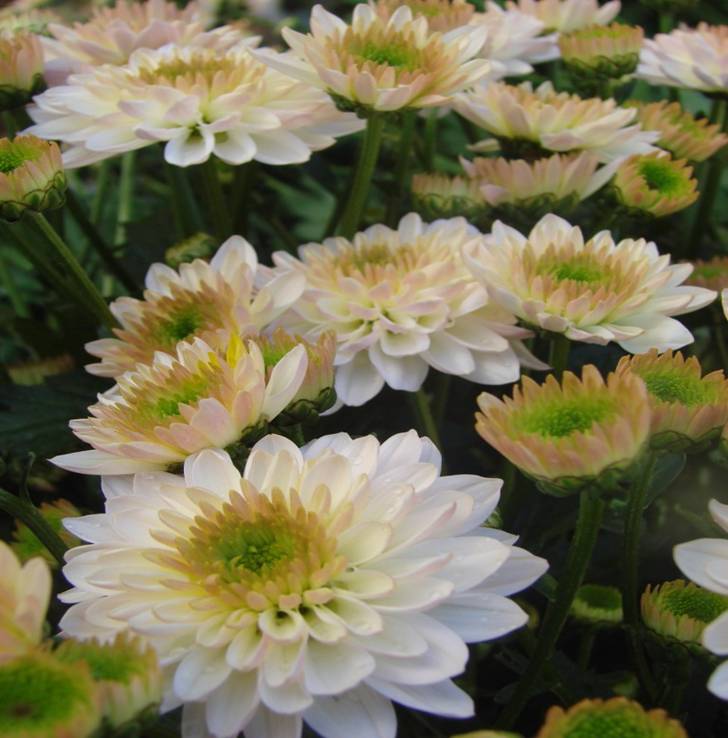
 Curently online :
Curently online :
 Total visitors :
Total visitors :
(277).png)
